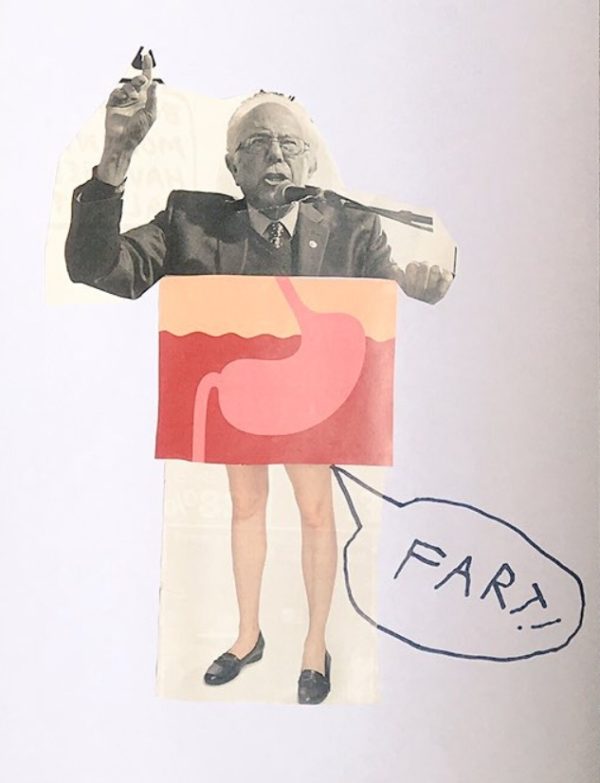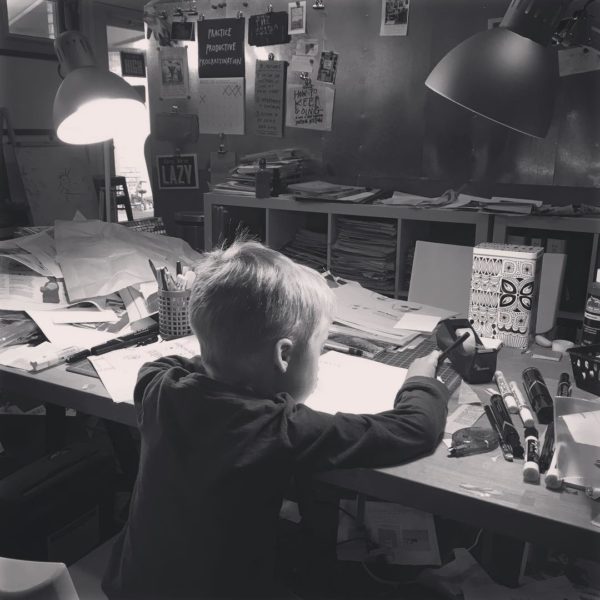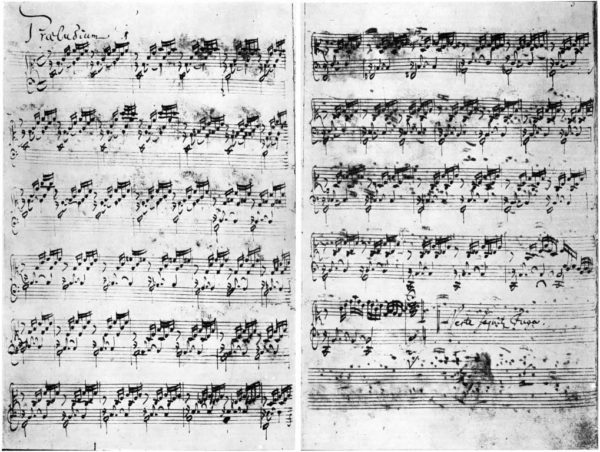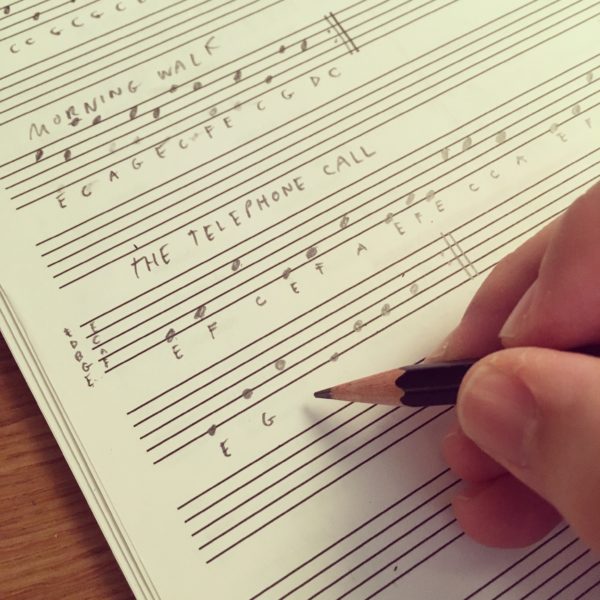
One of my favorite things about Tibor Kalman’s monograph, Perverse Optimist, is how much he talks about his kids. He dedicated the book “for my children who have made me change my mind about everything.” Later he writes, “Your children will smash your understanding of knowledge and reality. You will be better off. Then they will leave. You will miss them forever.” The greatest benefit of having children, he said, “has been to look at the world through their eyes and to understand their level of curiosity and to learn things the way they learn things.”
Some friends of ours are about to have their second kid, and I was thinking about what a leap it is between 1 and 2, how many parents say “it’s exponential,” but how I never really understood why until I drew the diagram above and was able to really see all those relationships mapped out.
“We chose to increase the complexity of our lives by having children,” Kalman writes. That’s really it. With each kid, your household becomes increasingly complex.
It’s not lost on me that when you switch “complex” from an adjective to a noun, it means a network, or “a group or system of different things that are linked in a close or complicated way.” In psychoanalysis, a complex is “a related group of emotionally significant ideas…that cause psychic conflict leading to abnormal mental states or behavior.” In chemistry, a complex is “any loosely bonded species formed by the association of two molecules.” All of those things sound like my family.
More moving parts, more complexity.





